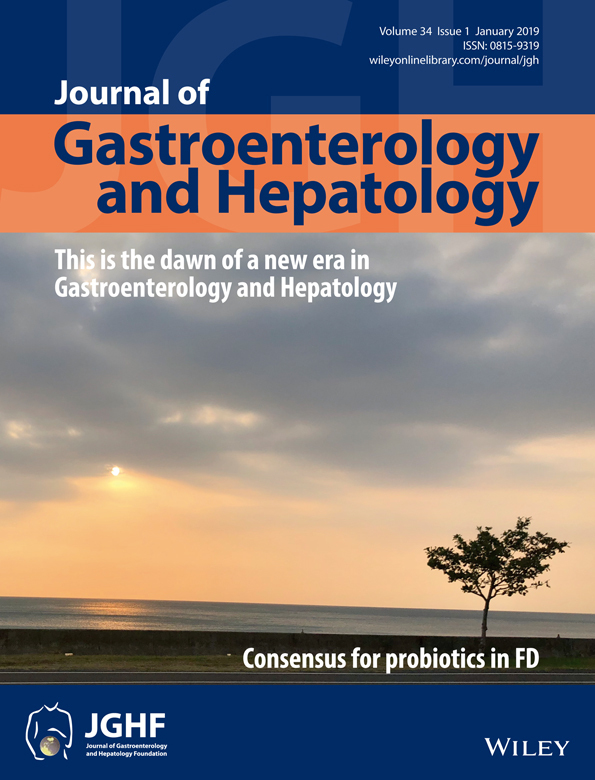Pediatric Elective Diagnostic Procedure Complications: A Multicenter Cohort Analysis
Abstract
Background and Aim
Increased access to endoscopic procedures have entrenched these investigative tools in routine pediatric gastroenterology practice. Patient outcomes following endoscopy therefore are topical in the decision toward endoscopy. We studied the likelihood and patient characteristics of children admitted following ambulatory endoscopy.
Methods
Hospitalization data were obtained from the Pediatric Hospital Information System including 49 tertiary children's hospitals in the USA. Children who underwent ambulatory diagnostic endoscopy between October 1, 2005 and September 25, 2015 were included. The primary outcomes were post-procedure events resulting in unplanned admission (not for inflammatory bowel disease management) or emergency room visit within 5 days. Unadjusted, univariate analyses were followed by multivariable analysis of the associations between patient characteristics and outcome using the R statistical package, v. 3.2.3.
Results
During the study period, 217 817 patients underwent diagnostic endoscopy; 101 (0.05%) patients were admitted directly; 1314 (0.60%) were admitted to the same facility's emergency department with either a respiratory or a gastrointestinal complication as a primary diagnosis within 5 days. None of the procedures resulted in death; female patients were more likely to experience adverse outcomes (P < 0.001), as were patients from an urban setting (P = 0.0004), whereas White, non-Hispanic patients were less likely to represent (P < 0.0001). Patients with chronic comorbidities were more likely to experience complications. The most frequent diagnoses at admission were abdominal pain (30.5%), other gastroenterologic processes (26.8%), respiratory disorders (17.1%), gastrointestinal hemorrhage (8.3%), and fever (4.5%).
Conclusions
Ambulatory pediatric endoscopy is safe; significant adverse outcomes are rare but more likely in female, non-White or Hispanic patients and in patients with significant chronic comorbidities.




